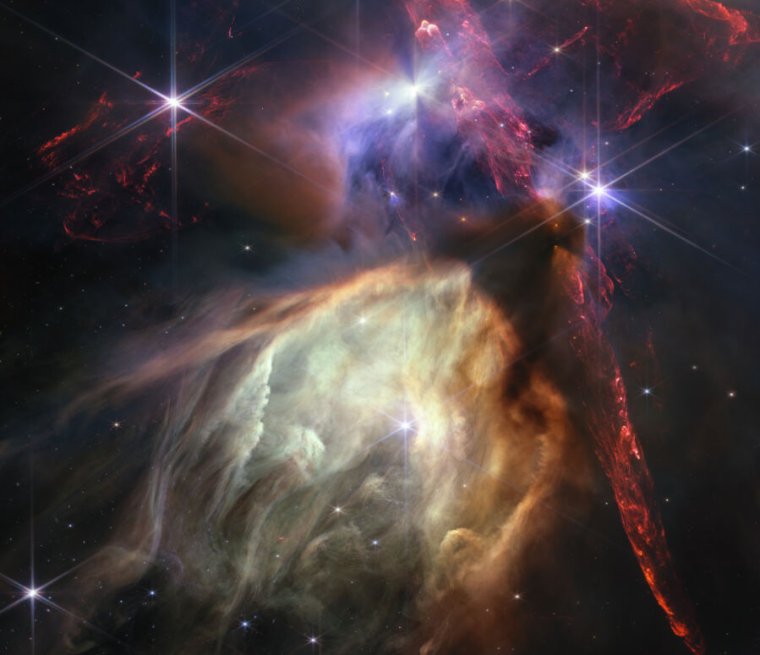How the Webb and Gaia missions bring a new perspective on galaxy formation

Enlarge / NASA's James Webb Space Telescope reveals the Rho Ophiuchi cloud complex, the closest star-forming region to Earth.
In a feat of galactic archeology, astronomers are using ever more detailed information to trace the origin of our galaxy—and to learn about how other galaxies formed in the early stages of the Universe. Using powerful space telescopes like Gaia and James Webb, astronomers are able to peer back in time and look at some of the oldest stars and galaxies. Between Gaia’s data on the position and movements of stars within our Milky Way and Webb’s observations of early galaxies that formed when the Universe was still young, astronomers are learning how galaxies come together and have made surprising discoveries that suggest the early Universe was busier and brighter than anyone previously imagined.
The Milky Way’s earliest pieces
In a recent paper, researchers using the Gaia space telescope identified two streams of stars, named Shakti and Shiva, each of which contains a total mass of around 10 million Suns and which are thought to have merged into the Milky Way around 12 billion years ago.
These streams were present even before the Milky Way had features like a disk or its spiral arms, and researchers think they could be some of the earliest building blocks of the galaxy as it developed.